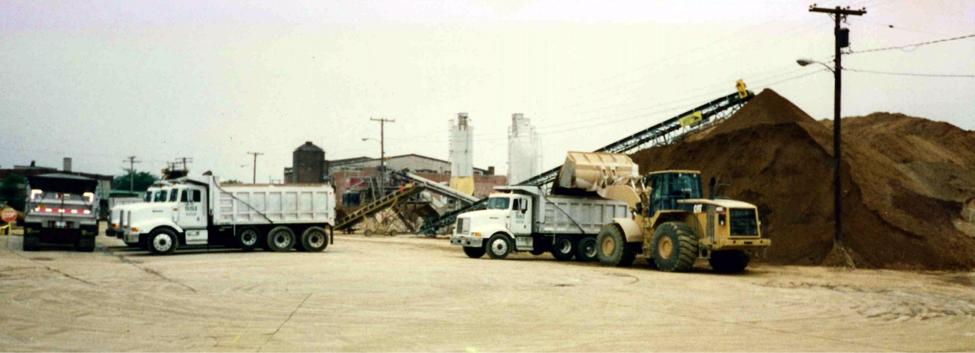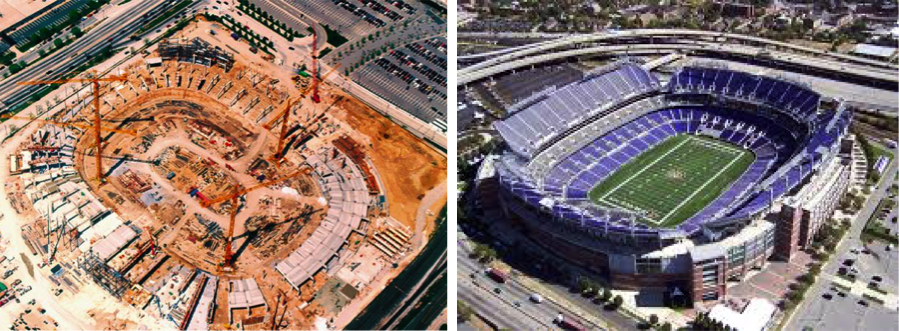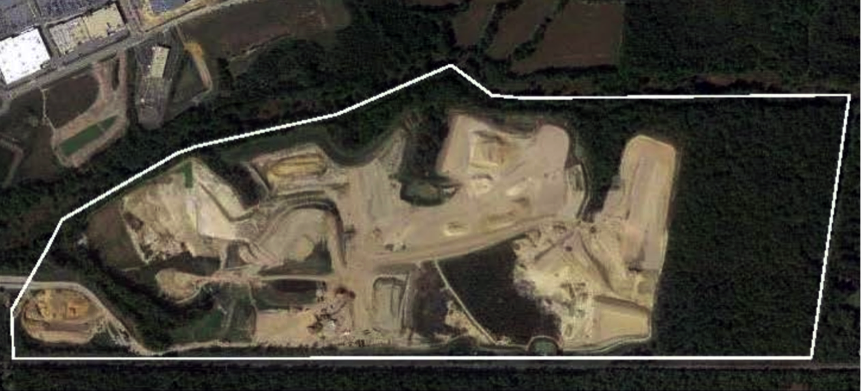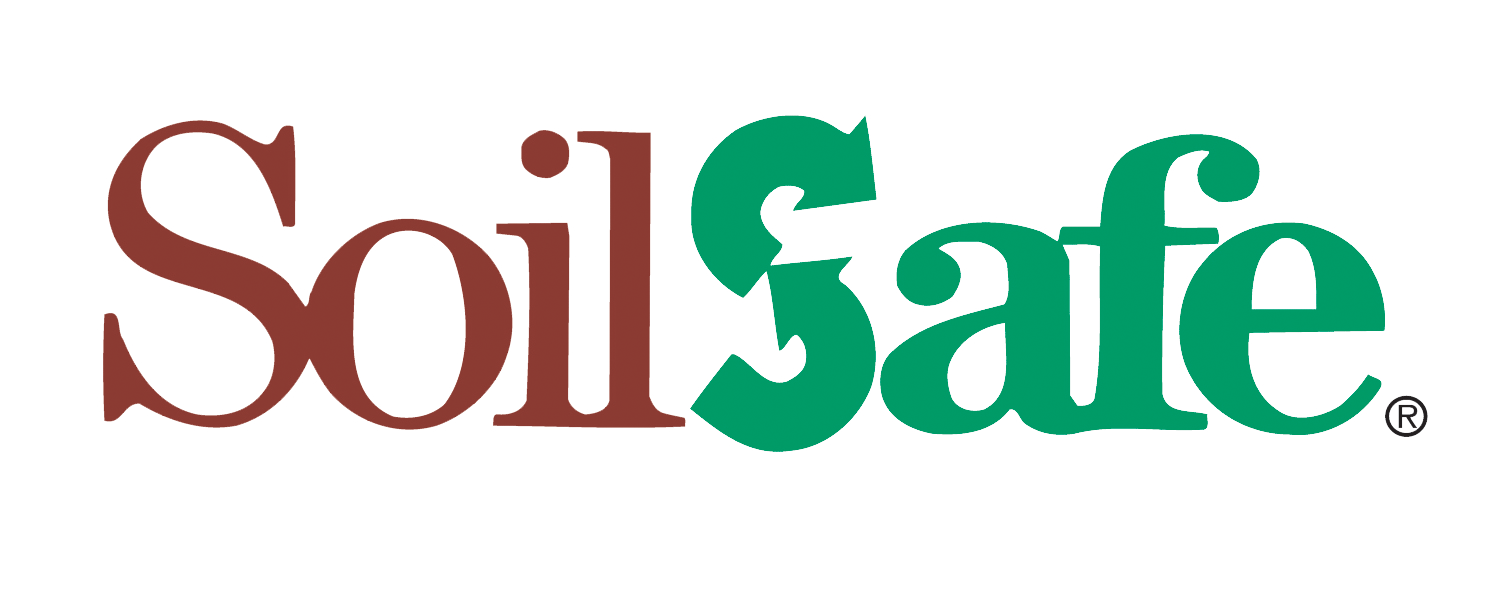Redevelopment Projects Supported by the Original Soil Safe Recycling Facility – Baltimore, MD
Soil Safe has been manufacturing its recycled soil product for use in site development, structural fills, pavement sub-base and other uses, starting with its first facility in Baltimore in 1989.

In these early years, Soil Safe developed and optimized its soil recycling process, receiving state and federal approvals based on several years of bench-scale research and full-scale operation. Multi-variate analyses were performed based on mix design, type and percentage of admixture, curing time, contamination type and levels, etc. This proprietary work formed the basis for all future operations.
In the 1990’s, MDE, NJDEP and USEPA Regions 2 and 3 approved the process for on-site (hazardous) and off-site recycling (non-hazardous) treatment of soils.
Contaminated Soils
Petroleum contaminated soils were received at Baltimore from a wide variety of sources. Each source was approved based on a battery of tests provided by the generator, and inspections and documentation confirmations performed for each incoming truck at the Baltimore facility.
A high-profile project from our first plant in Baltimore was recycling soils excavated during the construction of the M&T Bank Stadium (Baltimore Ravens Stadium) in Camden Yards in 1996.

Through 2001, we also received over 660,000 tons of low-level petroleum contaminated soil from the excavation of a city block for the new 2,300,000 sq. ft. Convention Center in Washington, DC.

Recycled Soil Product
The product was tested and approved for unrestricted use, including public works, highway, commercial and industrial properties in the State of Maryland. Examples of the uses in the Baltimore region include:
- Park construction
- Stream bank stabilization
- Sub-base paving
- Stabilized fill for development
- “Made-land”
Two local large-scale infrastructure end-uses include:
- 75,000 tons for a portion of I-95 near the junction of I-695 and
- 40,000 tons used for runway construction at the Easton airport.

Waterfront Construction
An example of “made-land” construction is the Masonville Port Facility in Baltimore Harbor (Chesapeake Bay) which was made by placing and compacting 275,000 tons of Soil Safe Product to develop this off-loading facility for importing hundreds of thousands of cars, and for staging exports of heavy equipment.

After nearly two decades of service, the product at Masonville continues to perform extraordinarily well and has maintained its stability (strength) over time. Soil Safe’s product has shown to be especially well-designed for use in development projects with poor underlying geotechnical conditions.
The Move to Brandywine
In 2005, after processing and recycling more than 4 million tons of soil, Soil Safe changed its business model, preferring to process on company-owned locations to create ‘ready-to-develop’ commercial and industrial property. We closed the Baltimore Facility and moved that operation to its current location in Brandywine, Maryland.


